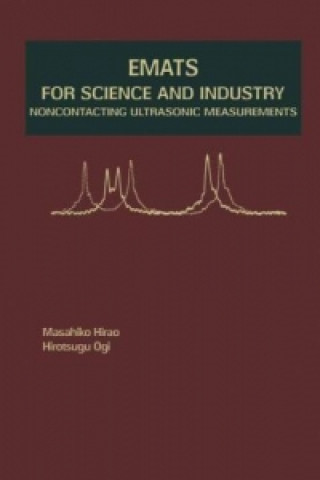
Code: 05257205
EMATs for Science and Industry
by Masahiko Hirao, Hirotsugu Ogi
EMATs for Science and Industry comprises the physical principles of electromagnetic acoustic transducers (EMATs) and the applications to scientific and industrial ultrasonic measurements on materials. The text is arranged in four ... more
- Language:
 English
English - Binding: Paperback
- Number of pages: 372
Publisher: Springer, Berlin, 2010
- More about this

223.39 €
RRP: 223.44 €
You save 0.05 €
Availability:
50/50 We think title might be available. Upon your order we will do our best to get it within 6 weeks.
We think title might be available. Upon your order we will do our best to get it within 6 weeks.We search the world
You might also like
-

Shattered Sword
36.77 € -19 % -

Strong In the Rain
12.32 € -28 % -

Biohazard
15.25 € -20 % -

Fish and Rice Chronicles
34.85 € -

Middle East and Brazil
104.16 € -

Analisis Financiero con Microsoft Excel
53.44 € -

Last Century of Sea Power, Volume 1
54.95 €
Give this book as a present today
- Order book and choose Gift Order.
- We will send you book gift voucher at once. You can give it out to anyone.
- Book will be send to donee, nothing more to care about.
Availability alert
Enter your e-mail address and once book will be available,
we will send you a message. It's that simple.
More about EMATs for Science and Industry
You get 559 loyalty points
 Book synopsis
Book synopsis
EMATs for Science and Industry comprises the physical principles of electromagnetic acoustic transducers (EMATs) and the applications to scientific and industrial ultrasonic measurements on materials. The text is arranged in four parts: -PART I is intended to be a self-contained description of the basic elements of coupling mechanism along with practical designing of EMATs for various purposes. There are several implementations to compensate for the low transfer efficiency of the EMATs. Useful tips to make an EMAT are also presented. -PART II describes the principle of electromagnetic acoustic resonance (EMAR), which makes the most of contactless nature of EMATs and is the most successful amplification mechanism for precise velocity and attenuation measurements. -PART III applies EMAR to studying the physical acoustics. New measurements emerged on three major subjects; in situ monitoring of dislocation behavior, determination of anisotropic elastic constants, and acoustic nonlinearity evolution. -PART IV deals with a variety of individual topics encountered in industrial applications, for which the EMATs are believed to the best solutions.§The authors' work in this area has shown Electromagnetic acoustic resonance (EMAR) to be applicable not only to the acoustoelastic stress measurements, but also to many other nondestructive evaluation issues, including the determination of attenuation in solids. Noncontact measurement with high enough signal intensity was striking. Basic preconditions of theoretical approaches were realized by eliminating artifacts caused by the contact transducers. EMAR thus illuminated antiquated theories, which were accepted to be of little use or limited to qualitative interpretation of observations. It also uncovered interesting phenomena. Continuous monitoring of attenuation and acoustic nonlinearity resulted in the detection of ongoing microstructure evolutions in deforming or fatiguing metals.§The aim of this book is to provide practical answers to the needs of ultrasonic measurements as well as an understanding of a novel methodology. EMATs for Science and Industry comprises the physical principles of electromagnetic acoustic transducers (EMATs) and the applications to scientific and industrial ultrasonic measurements on materials. The text is arranged in four parts: -PART I is intended to be a self-contained description of the basic elements of coupling mechanism along with practical designing of EMATs for various purposes. There are several implementations to compensate for the low transfer efficiency of the EMATs. Useful tips to make an EMAT are also presented. -PART II describes the principle of electromagnetic acoustic resonance (EMAR), which makes the most of contactless nature of EMATs and is the most successful amplification mechanism for precise velocity and attenuation measurements. -PART III applies EMAR to studying the physical acoustics. New measurements emerged on three major subjects; in situ monitoring of dislocation behavior, determination of anisotropic elastic constants, and acoustic nonlinearity evolution. -PART IV deals with a variety of individual topics encountered in industrial applications, for which the EMATs are believed to the best solutions.
 Book details
Book details
Book category Books in English Mathematics & science Science: general issues Scientific standards
223.39 €
- Full title: EMATs for Science and Industry
- Subtitle: Noncontacting Ultrasonic Measurements
- Author: Masahiko Hirao, Hirotsugu Ogi
- Language:
 English
English - Binding: Paperback
- Number of pages: 372
- EAN: 9781441953667
- ISBN: 1441953663
- ID: 05257205
- Publisher: Springer, Berlin
- Weight: 540 g
- Dimensions: 235 × 155 × 20 mm
- Date of publishing: 21. October 2010
Trending among others
-

Seven Deadly Sins of Psychology
22.82 € -10 % -
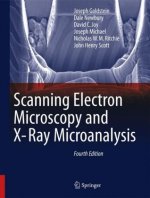
Scanning Electron Microscopy and X-Ray Microanalysis
135.18 € -3 % -
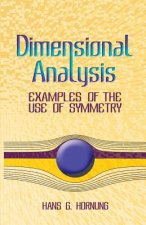
Dimensional Analysis
7.37 € -27 % -

Analysis and Presentation of Experimental Results
94.16 € -

Dark Matter and Dark Energy
175.70 € -
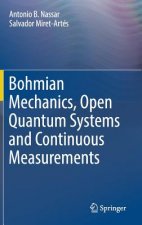
Bohmian Mechanics, Open Quantum Systems and Continuous Measurements
143.06 € -
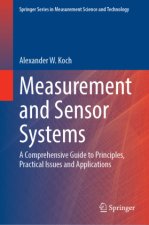
Measurement and Sensor Systems
200.85 € -
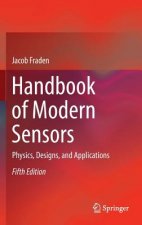
Handbook of Modern Sensors
186.61 € -
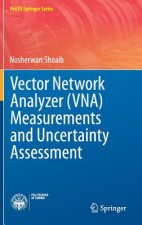
Vector Network Analyzer (VNA) Measurements and Uncertainty Assessment
175.70 € -

Introduction to Quantum Metrology
164.78 € -
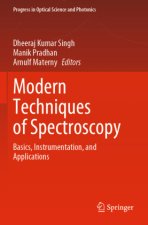
Modern Techniques of Spectroscopy
219.24 € -
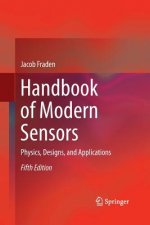
Handbook of Modern Sensors
143.06 € -
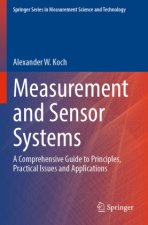
Measurement and Sensor Systems
173.67 € -2 % -
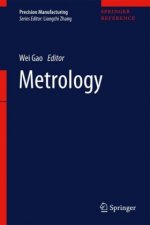
Metrology
610.36 € -
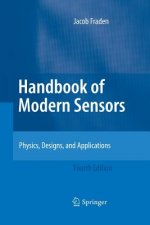
Handbook of Modern Sensors
153.97 € -
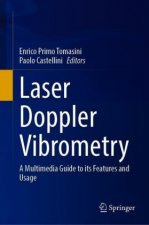
Laser Doppler Vibrometry
153.97 € -
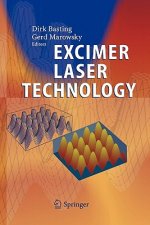
Excimer Laser Technology
327.96 € -
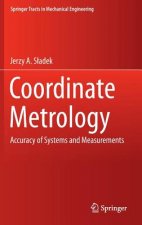
Coordinate Metrology
184.59 € -2 % -

QCD Radiation in Top-Antitop and Z+Jets Final States
121.34 € -

Nanotechnologies in the Conservation of Cultural Heritage
98.10 € -2 % -
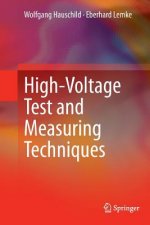
High-Voltage Test and Measuring Techniques
153.97 € -
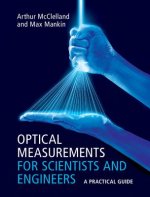
Optical Measurements for Scientists and Engineers
112.65 € -
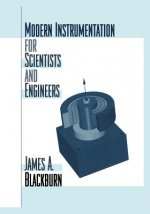
Modern Instrumentation for Scientists and Engineers
61.52 € -
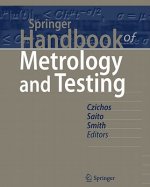
Springer Handbook of Metrology and Testing
388.89 € -
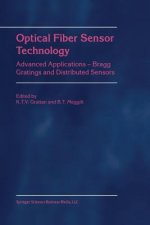
Optical Fiber Sensor Technology
186.61 € -

Uncertainty in Physical Measurements
189.74 € -

Dark Matter and Dark Energy
175.70 € -
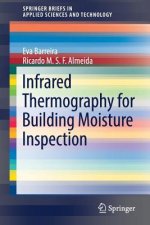
Infrared Thermography for Building Moisture Inspection
88.70 € -
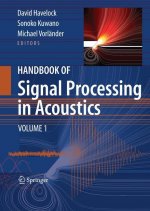
Handbook of Signal Processing in Acoustics
757.67 € -2 % -
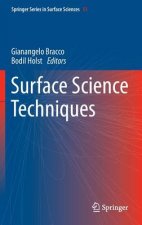
Surface Science Techniques
222.98 € -

Biomedical Signals and Sensors III
195.40 € -2 % -

Stochastic Resonance
186.61 € -

Handbook of Advanced Nondestructive Evaluation
1001.38 € -
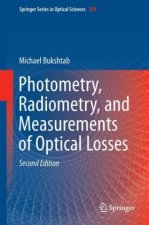
Photometry, Radiometry, and Measurements of Optical Losses
422.13 € -
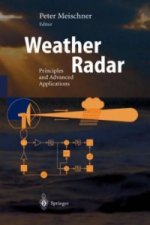
Weather Radar
162.96 € -2 % -

Crystal Channeling and Its Application at High-Energy Accelerators
121.34 € -

Exploration Geophysics
132.25 € -
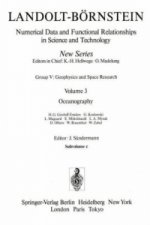
Oceanography
900.24 € -

Cassini-Huygens Mission
121.34 € -

Mesons and Light Nuclei '95
121.34 € -
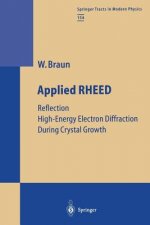
Applied RHEED
61.52 € -
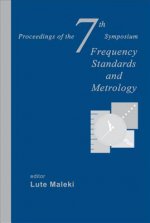
Frequency Standards And Metrology - Proceedings Of The 7th Symposium
246.32 € -
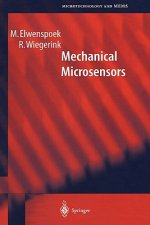
Mechanical Microsensors
240.97 € -
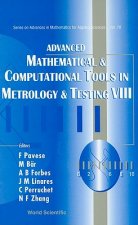
Advanced Mathematical And Computational Tools In Metrology And Testing Viii
220.76 € -
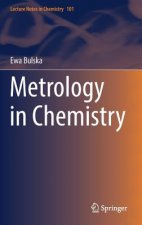
Metrology in Chemistry
143.06 € -

High-Resolution Extreme Ultraviolet Microscopy
121.34 € -
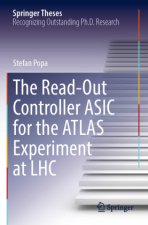
The Read-Out Controller ASIC for the ATLAS Experiment at LHC
219.24 € -
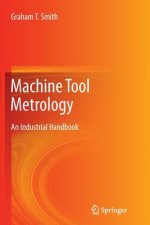
Machine Tool Metrology
186.61 € -

Powerful Pulsed Plasma Generators
153.97 €
Collection points Bratislava a 2642 dalších
Copyright ©2008-24 najlacnejsie-knihy.sk All rights reservedPrivacyCookies


 15549 collection points
15549 collection points Delivery 2.99 €
Delivery 2.99 € 02/210 210 99 (8-15.30h)
02/210 210 99 (8-15.30h)